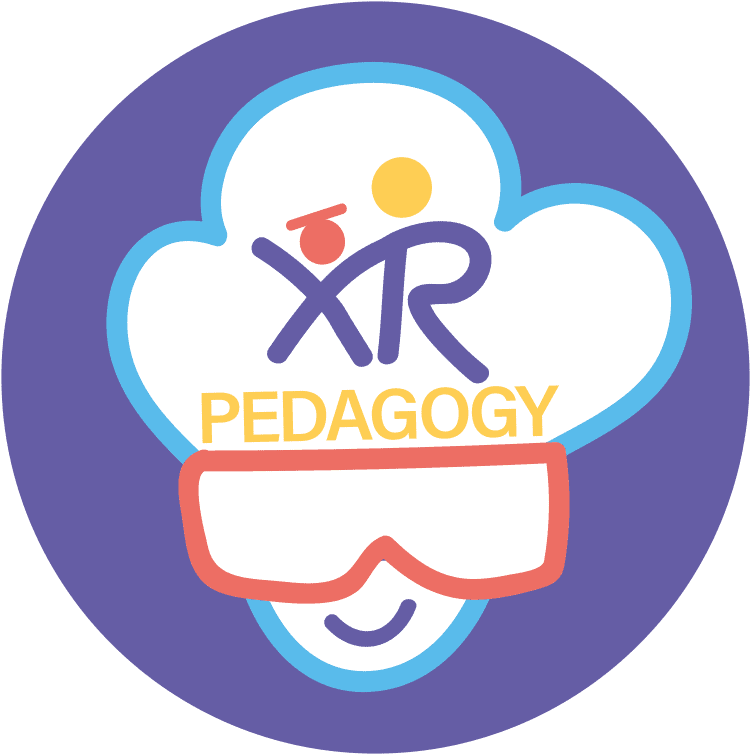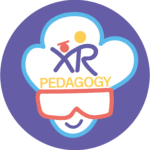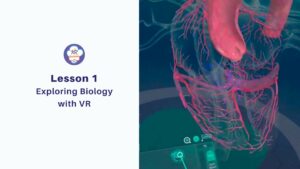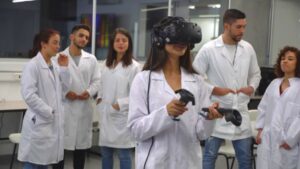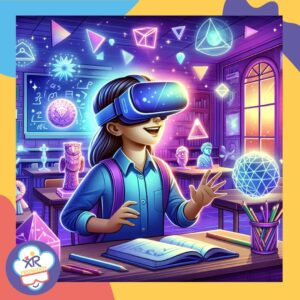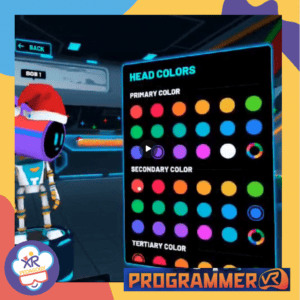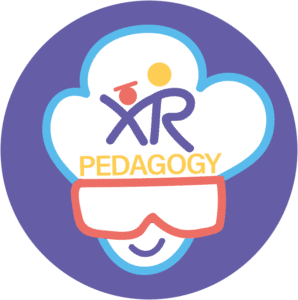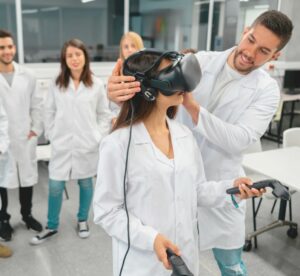Chemistry deals with processes we can’t directly see: molecular interactions, reaction mechanisms, orbital configurations. These concepts are often abstract and difficult to grasp, especially for students who struggle with spatial reasoning or lack access to high-quality labs.
VR makes the invisible visible. Instead of imagining a molecule’s structure or a titration process, students can now walk inside it, manipulate atoms, or rehearse lab procedures without risk.
10 Benefits of Using VR in Chemistry
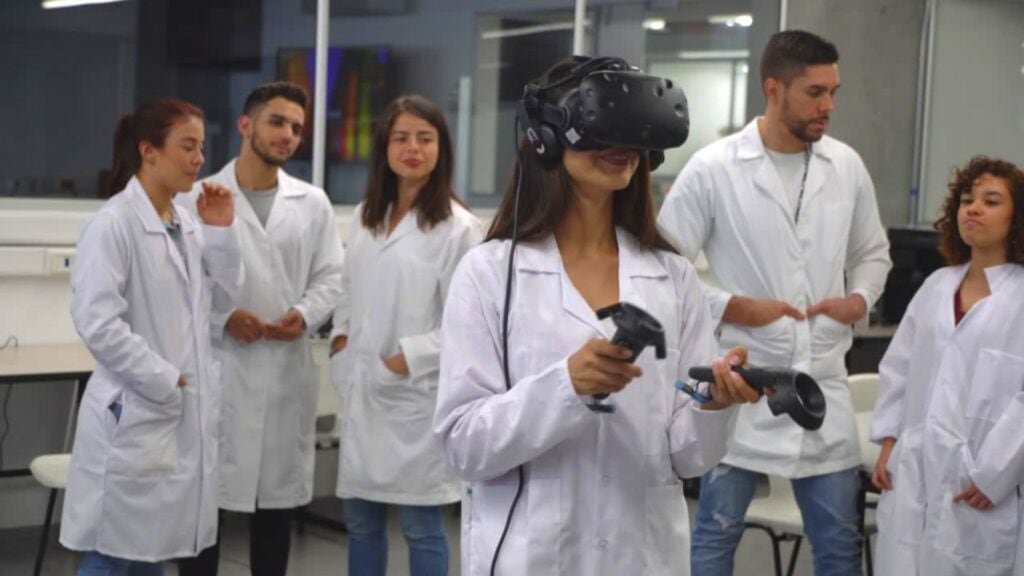
In our VR STEM Mastery program, we identified ten core benefits of using virtual reality to teach chemistry. Some of the most impactful include:
- 3D molecular modeling: Understand bond angles, molecular geometry, and chemical interactions by rotating and assembling molecules in VR with tools like Nanome.
- Safe and repeatable experimentation: No risk of injury or equipment damage. Students can explore reactions safely and retry procedures until they succeed.
- Real-time visualization: See molecular collisions, phase transitions, and electron movements dynamically—something static diagrams can’t offer.
- Cost-effectiveness: No need for expensive lab materials or setup. Schools with limited resources can still provide high-quality science education.
- Reduced lab anxiety: Students gain confidence by practicing virtually before entering a real lab.
- Increased engagement: Gamified environments turn chemistry into a challenge to solve, not a formula to memorize.
Key VR Tools Bringing Chemistry to Life
Several powerful applications support these learning outcomes. Here are four we focus on in our training:
- Nanome – Ideal for molecular modeling, allowing students to interact with proteins, enzymes, and ligands in 3D. It’s especially effective for visualizing complex interactions, such as protein docking.
- Futuclass VR – Offers interactive chemistry lessons (e.g., balancing equations, atomic structures) in a gamified format. Students earn points, unlock levels, and stay motivated.
- MEL Chemistry VR – Transforms the periodic table into an explorable landscape. Students can view electron configurations, trends in reactivity, and visualize atomic structures for each element.
- Labster VR – Offers a comprehensive virtual lab environment where students can conduct titrations, measure pH levels, and analyze results. Great for pre-lab training and hybrid learning.
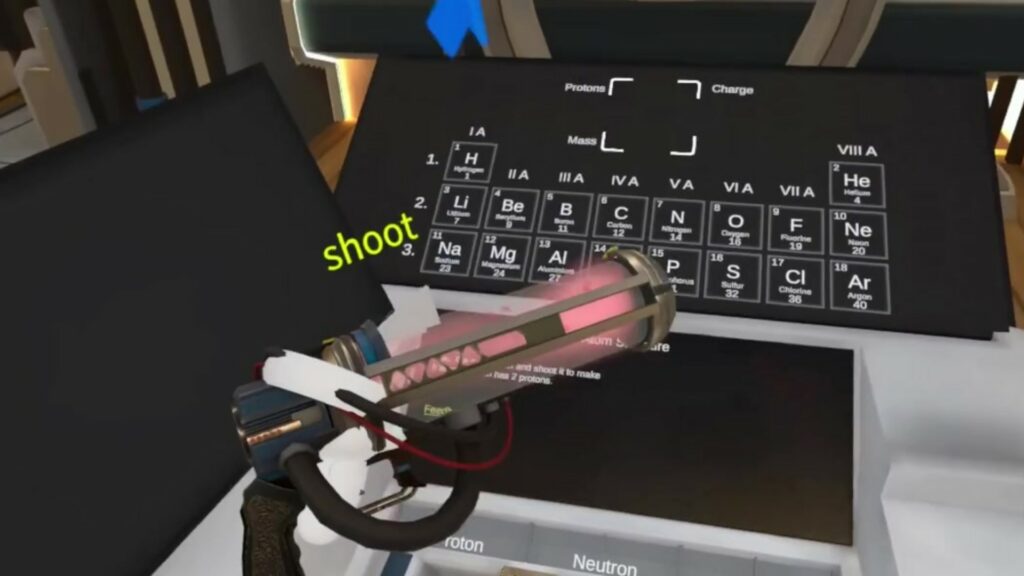
Gamification and Hybrid Strategies
Gamifying chemistry boosts motivation. In our approach, we demonstrate how teachers can utilize rewards, challenges, and collaborative missions to make concepts such as stoichiometry and periodicity feel like science quests.
But VR doesn’t replace the real lab—it prepares students for it.
In our course, we teach educators to create hybrid experiences: start with VR pre-labs to rehearse procedures, then move into physical experiments where students apply what they’ve already mastered virtually. This reduces anxiety and cognitive load, allowing for deeper analysis and reflection.
From Theory to Practice: Integration and Assessment

The last part of our module focuses on curriculum alignment and progress tracking. Educators learn how to:
- Choose VR modules that support specific learning goals
- Integrate virtual and physical labs meaningfully
- Use real-time data from VR platforms to personalize instruction and feedback
With the right strategies, VR becomes more than a novelty—it becomes a catalyst for deeper learning.
Want to Go Further?
This approach is part of our larger training program, VR STEM Mastery: Enhancing Science Teaching with Virtual Reality.
Module 4 focuses entirely on chemistry and includes lesson plans, classroom examples, and tool demos to help you apply everything you’ve read here.
👉 To learn more or join the course, visit and explore our whole curriculum.
